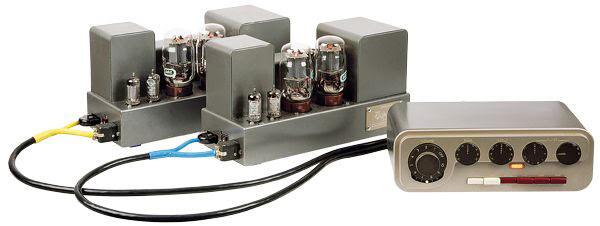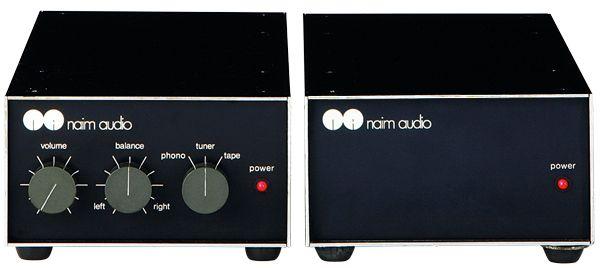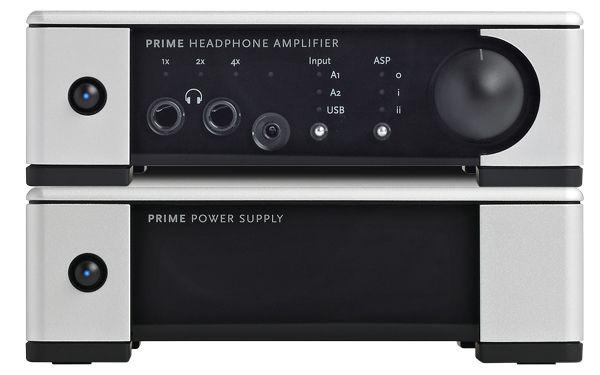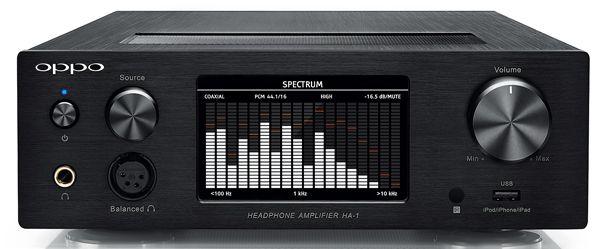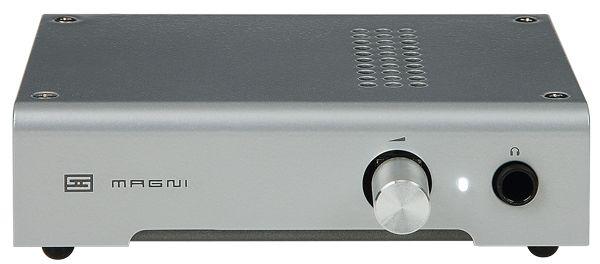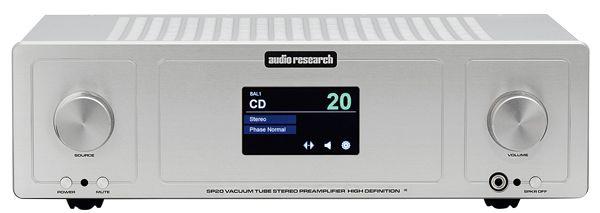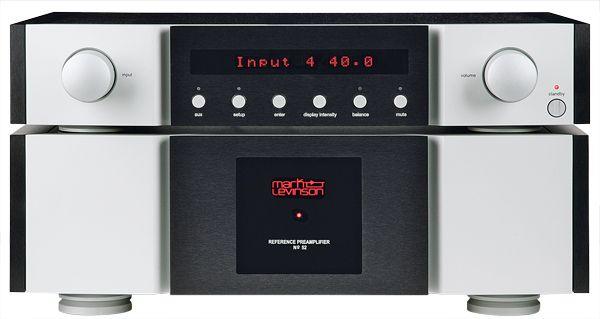Pre/Power Amplifiers
Sort By: Post Date TitlePublish Date
|
Mar 01, 2018
|
Dec 01, 2017
|
Jan 22, 2015

 The British contender for the late '70s budget amp crown won the hearts and wallets of many a budding audiophile thanks to some canny tech. How does it sound today?
The British contender for the late '70s budget amp crown won the hearts and wallets of many a budding audiophile thanks to some canny tech. How does it sound today?
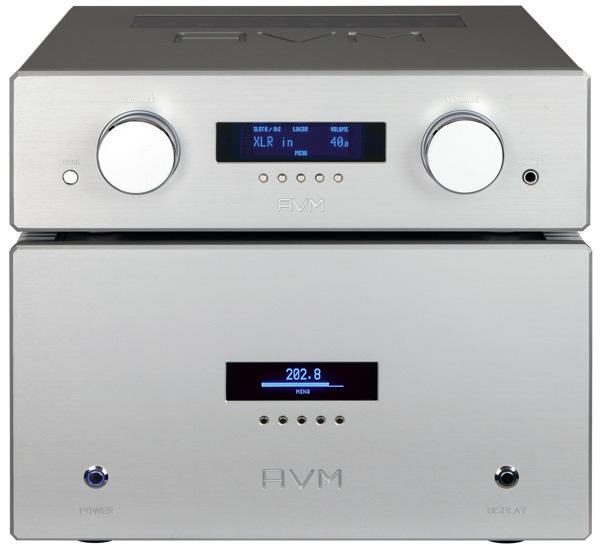
 Sitting at the top of the German company’s range, this flexible pre and hefty stereo power amp are designed to take on the high-end’s big names, and take no prisoners
Sitting at the top of the German company’s range, this flexible pre and hefty stereo power amp are designed to take on the high-end’s big names, and take no prisoners
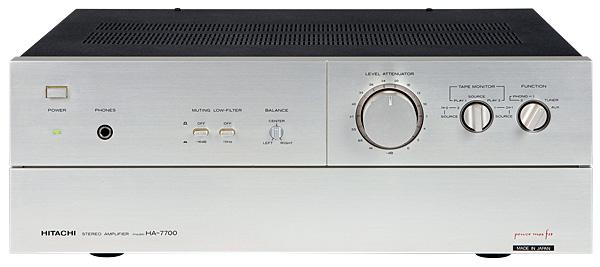
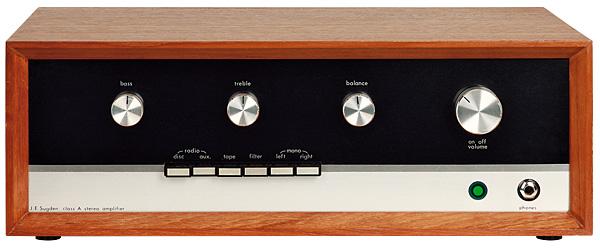
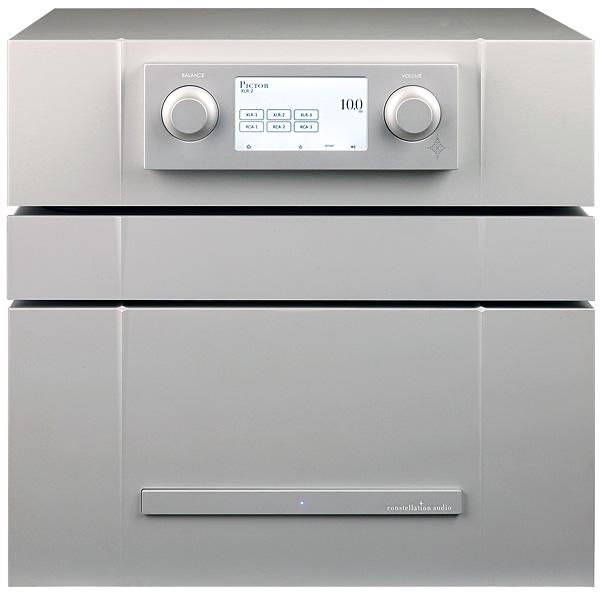
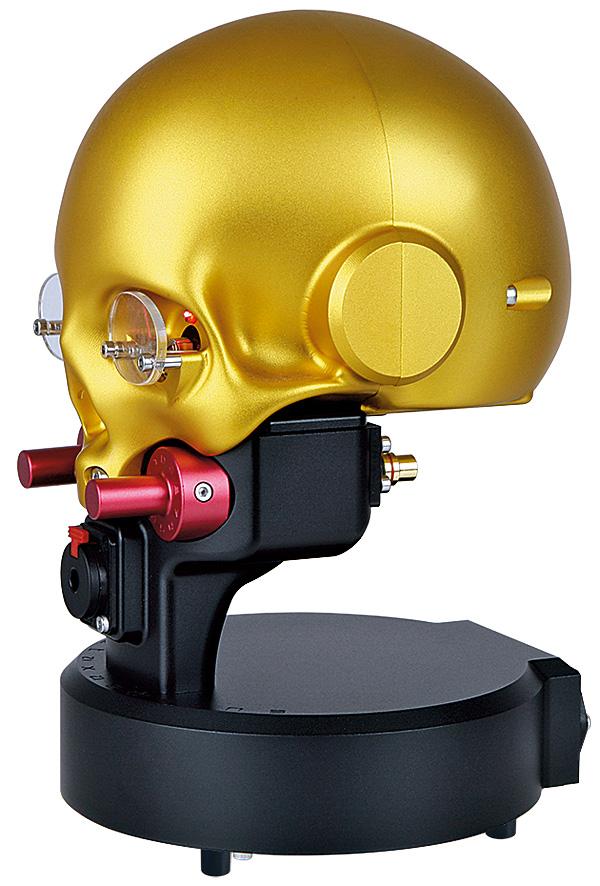
 Something for the high-end user with a sense of fun – Metaxas' Marquis 'Memento Mori' headphone amp marries form with function and the result is rather jolly. Er, Roger.
Something for the high-end user with a sense of fun – Metaxas' Marquis 'Memento Mori' headphone amp marries form with function and the result is rather jolly. Er, Roger.
